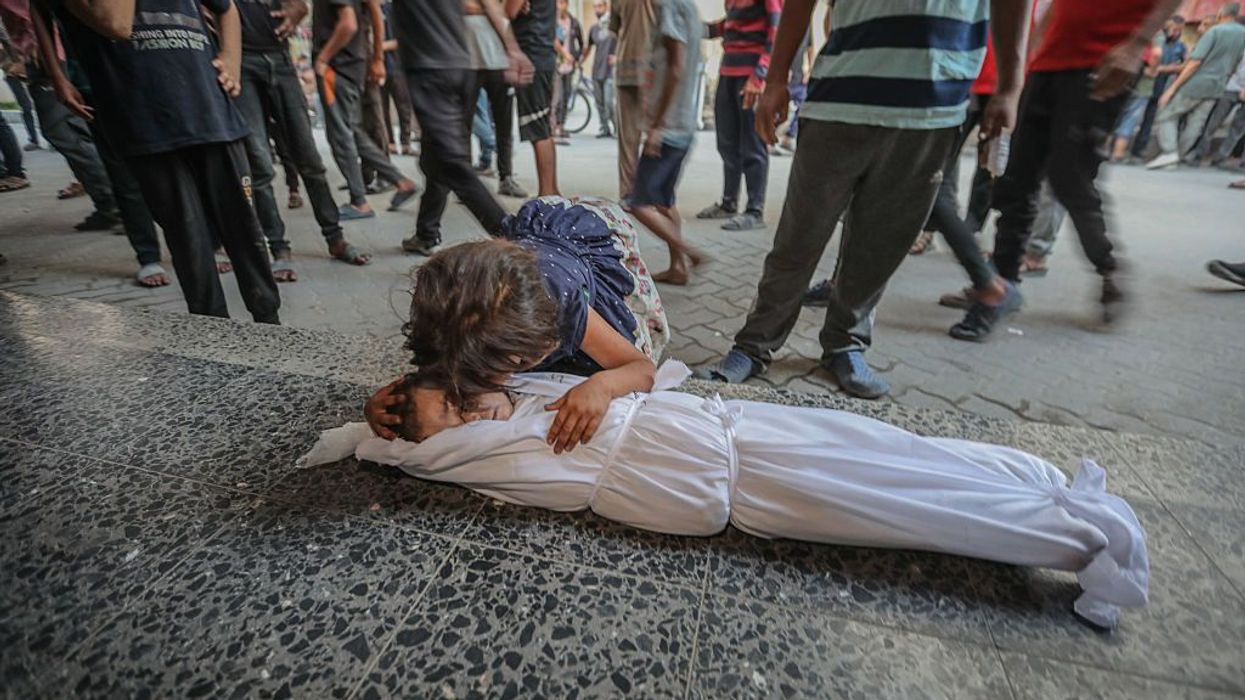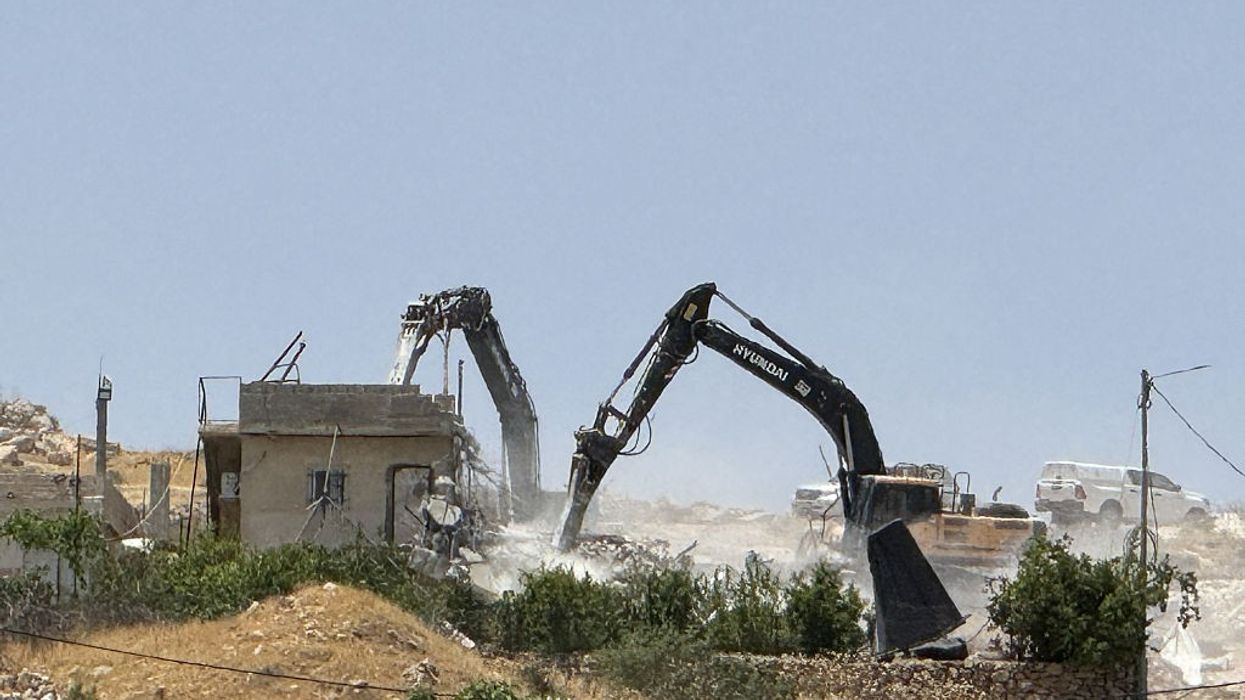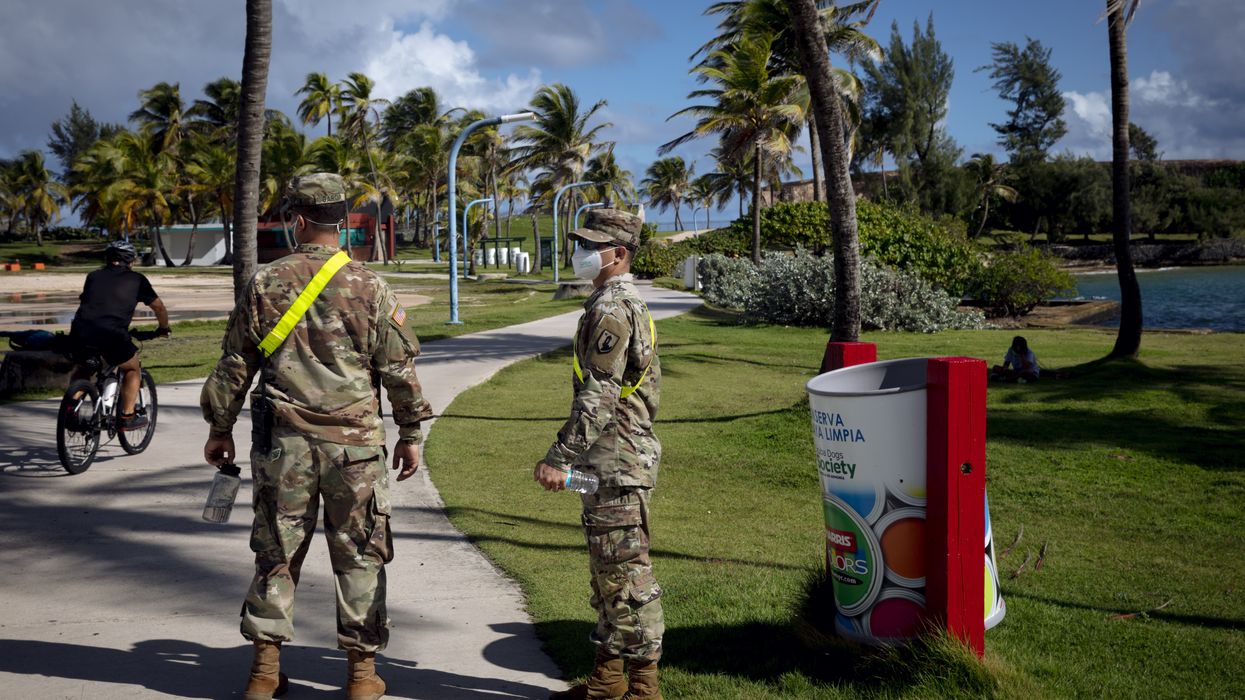Western Hypocrisy and the Gaza Death Toll
The West serves as the simultaneous judge and executioner, the honest researcher and the weapons manufacturer, the violator and the self-appointed defender of human rights.
First, let’s dissect this puzzle.
On February 29, 2024, US Defense Secretary Lloyd Austin sent shockwaves when he informed lawmakers in the House Armed Services Committee that over 25,000 Palestinian women and children had been killed by Israel in Gaza up to that date. Austin, the military chief of the Biden administration, delivered a fact that immediately subverted his own government’s rhetoric.
The announcement was shocking for two main reasons. First, Austin himself had orchestrated the relentless flow of US arms to Israel, directly enabling the very campaign that liquidated those innocent people. Second, the figure provided was noticeably higher than the casualty tally reported by the Palestinian Health Ministry in Gaza for the same period—22,000 women and children in the first 146 days of the war.
The crux of the contradiction, however, is that Austin’s detailed account of the US-funded Israeli atrocities in Gaza directly subverted the official narrative regularly disseminated by the White House.
The rest of us in the Global South must not simply yield to the role of the victim, whose lives are taken but precisely counted.
In fact, as early as October 25, 2023—barely two weeks into the war—President Joe Biden himself began doubting the Palestinian Ministry of Health’s death toll estimates. "(I have) no confidence in the number that the Palestinians are using," he flatly declared.
Naturally, Austin's declaration neither eroded his unwavering endorsement of Israel nor softened Biden’s patronizing attitude toward the Palestinians. To the contrary, US military and political backing for Israel surged exponentially after that congressional hearing. US military and financial support for the Israeli genocide during the Biden administration in the first year of the war is estimated to be at least $17.9 billion.
These apparent contradictions, however, are not inconsistencies at all, but a perfectly calibrated, deliberate policy. Historically, this approach grants the US license to consistently flout its own declared principles. Iraq was invaded, at a horrific cost of life and societal destruction, under the banner of "good intentions": democracy, human rights, and the like. Afghanistan's protracted agony of war and instability endured for two decades in the name of fighting terror, exporting democracy, and women's rights.
The operational part of the equation satisfies military and political strategists. Meanwhile, the hollow rhetoric of democracy and human rights keeps intellectuals, both on the right and the left, mired in a protracted, perpetually unproductive debate that serves to conceal rather than influence policy.
While the US government may have perfected the craft of deliberate contradictions, it is not the original architect. In modern history, this phenomenon has been owned almost entirely by the West: Colonialism was advanced as a solution to slavery, and forced conversions were brazenly justified as civilizing missions.
The West's stance on the Israeli genocide in Gaza, however, offers the most blatant and current example of this deliberate contradiction. A concise examination of Germany's conduct in the last two years suffices to illustrate the point.
Germany is the world's second-largest supplier of weapons to Israel, after the US. Not only did it refuse to accept the genocide definition recognized by many countries, and eventually by the International Court of Justice (ICJ), but it also fought ferociously to shield Israel from the mere accusation.
Domestically, it brutally suppressed pro-Palestinian protests, detained countless activists, and outlawed the use of the Palestinian flag, among numerous other draconian measures. Yet, in the same breath, Germany continued to champion freedom of speech and democracy, and criticize Global South nations that allegedly curtailed these same values.
Predictably, Germany continued to arm Israel, concocting every conceivable justification for its support of Tel Aviv, even after the International Criminal Court (ICC) issued arrest warrants for top Israeli leaders for the crime of extermination in Gaza. Only under immense pressure did Berlin finally yield and agree to stop approving weapons exports to Israel.
Fast forward to recent days. The BBC, among other outlets, reported on November 17 that Germany would reinstate its weapons exports to Israel, rationalizing the decision with the October 10 announcement of a Gaza ceasefire—one that Israel has flagrantly violated hundreds of times.
“Germany’s decision to lift its partial suspension of weapons shipments to Israel is reckless, unlawful, and sends entirely the wrong message to Israel,” Amnesty International declared in a press release—a condemnation that, naturally, was utterly ignored.
A week later, new research conducted by two top, highly regarded academic institutions showed that the number of Palestinians killed as a result of the Israeli genocide is substantially higher than the Gaza Ministry of Health figures. Worse, life expectancy in Gaza has plummeted by nearly half because of the Israeli war.
Of the two institutions, the Max Planck Institute for Demographic Research (MPIDR) is German. The globally leading research organization is largely funded by public money coming directly from the federal government—the very entity that ships the weapons that, along with US support, have fueled Gaza's escalating death toll.
In all these scenarios, the West serves as the simultaneous judge and executioner, the honest researcher and the weapons manufacturer, the violator and the self-appointed defender of human rights.
But the rest of us in the Global South must not simply yield to the role of the victim, whose lives are taken but precisely counted. To reclaim our collective agency, however, we must begin with a unified realization that the West’s calculated contradictions are specifically engineered to perpetuate the iniquitous relationship between Western powers and the rest of us for as long as possible.
Only by rigorously exposing and forcefully rejecting this hypocrisy can we finally liberate ourselves from the historic delusion that the solution to our problem is a Western one.


